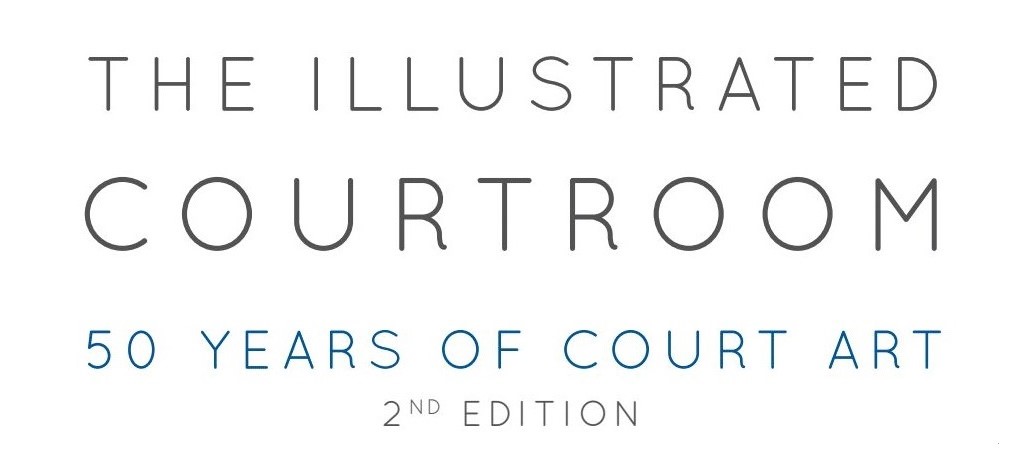NY Times:
Knoedler Gallery and Collectors Settle Case Over Fake Rothko
A lawsuit against Knoedler & Co., a once celebrated New
York art gallery that was accused of selling a fake Rothko painting to a pair
of collectors for $8.3 million, ended in a settlement on Wednesday, just as the
gallery’s former owner and its president were preparing to testify in Federal
District Court in Manhattan.
Although the terms of the agreement were not disclosed, it
resolved all claims by the collectors, Domenico and Eleanore De Sole, who had
requested $25 million in damages, saying the defunct gallery and its former
president, Ann Freedman, had participated in a “racketeering scheme” to sell
more than 30 forged works said to be by Abstract Expressionist masters like
Jackson Pollock and Willem de Kooning
“I think our clients are extremely satisfied by this
settlement,” Gregory Clarick, a lawyer for the De Soles, said on Wednesday
morning, after emerging from a conference with other lawyers and the judge.
“And they are also satisfied to get the truth out and tell their story.”
Charles Schmerler, a lawyer for Knoedler, called the
settlement “fair, reasonable and good” and added: “We’re pleased to see that
the parties were able to do this on the heels of the settlement with Ms.
Freedman.”
Collectors said Ms. Freedman should have also questioned the
paintings because, among other reasons, Ms. Rosales was providing them at
bargain rates, selling the fake Rothko, for instance, for $950,000. Knoedler
sold the Rosales works for far more. An accounting expert appearing on behalf
of the De Soles testified that the gallery had sold the forgeries for a total
of about $70 million, yielding a net income of $32.7 million for Knoedler and
bringing Ms. Freedman more than $10 million in commissions, in addition to her
salary.
 |
| Forensic accountant Roger Siefert testifying |
Expert, Roger Siefert, testified that removing the
income from those sales and omitting income from the eventual sale of
Knoedler’s Upper East Side townhouse meant the gallery would have suffered a
net loss between 1994, when the sales of the fakes began and 2011, when it
closed.
Lawyers for the defense suggested that if the gallery had
not been selling the fake Rosales paintings it would have sold other works and
made up any deficits.


No comments:
Post a Comment